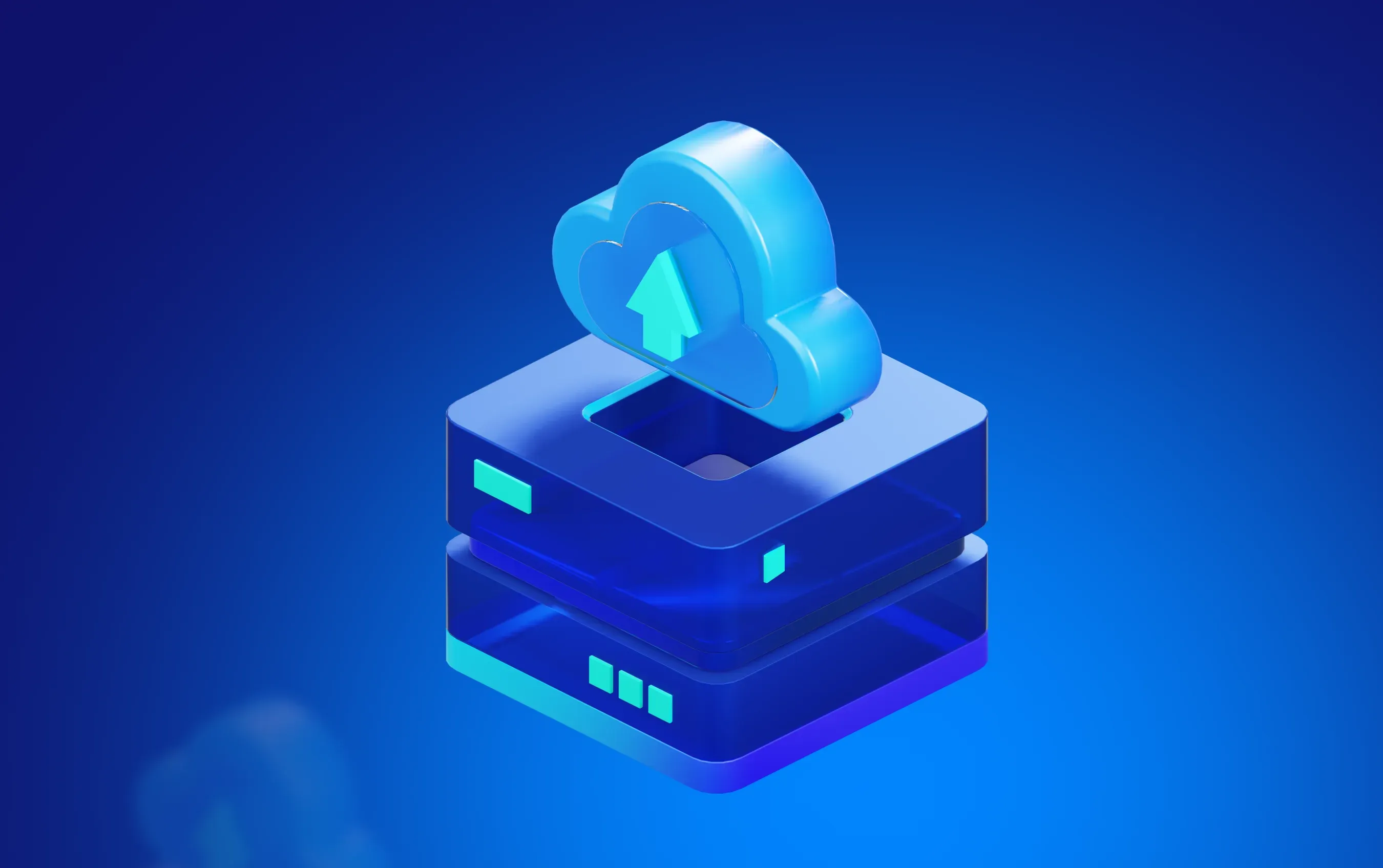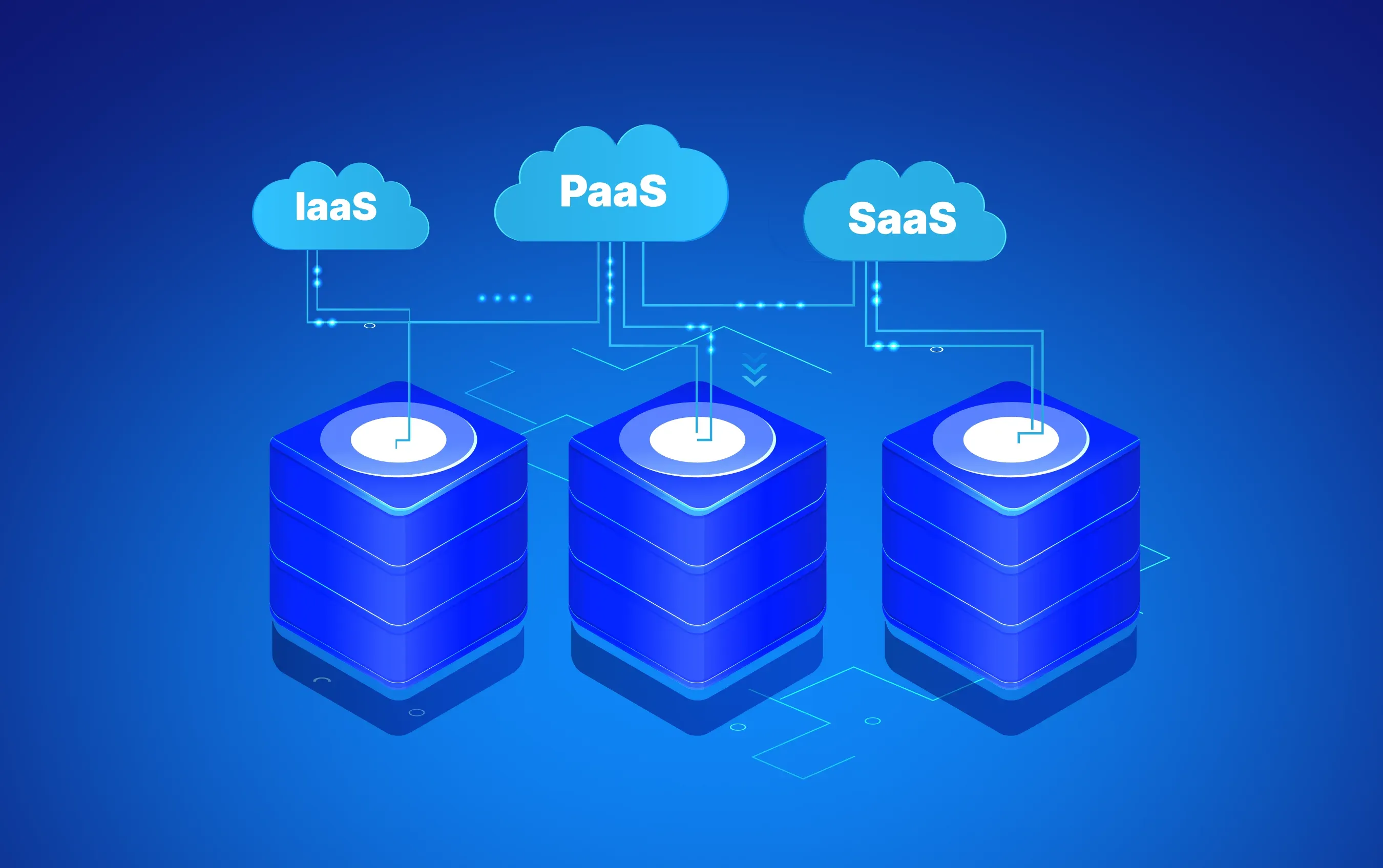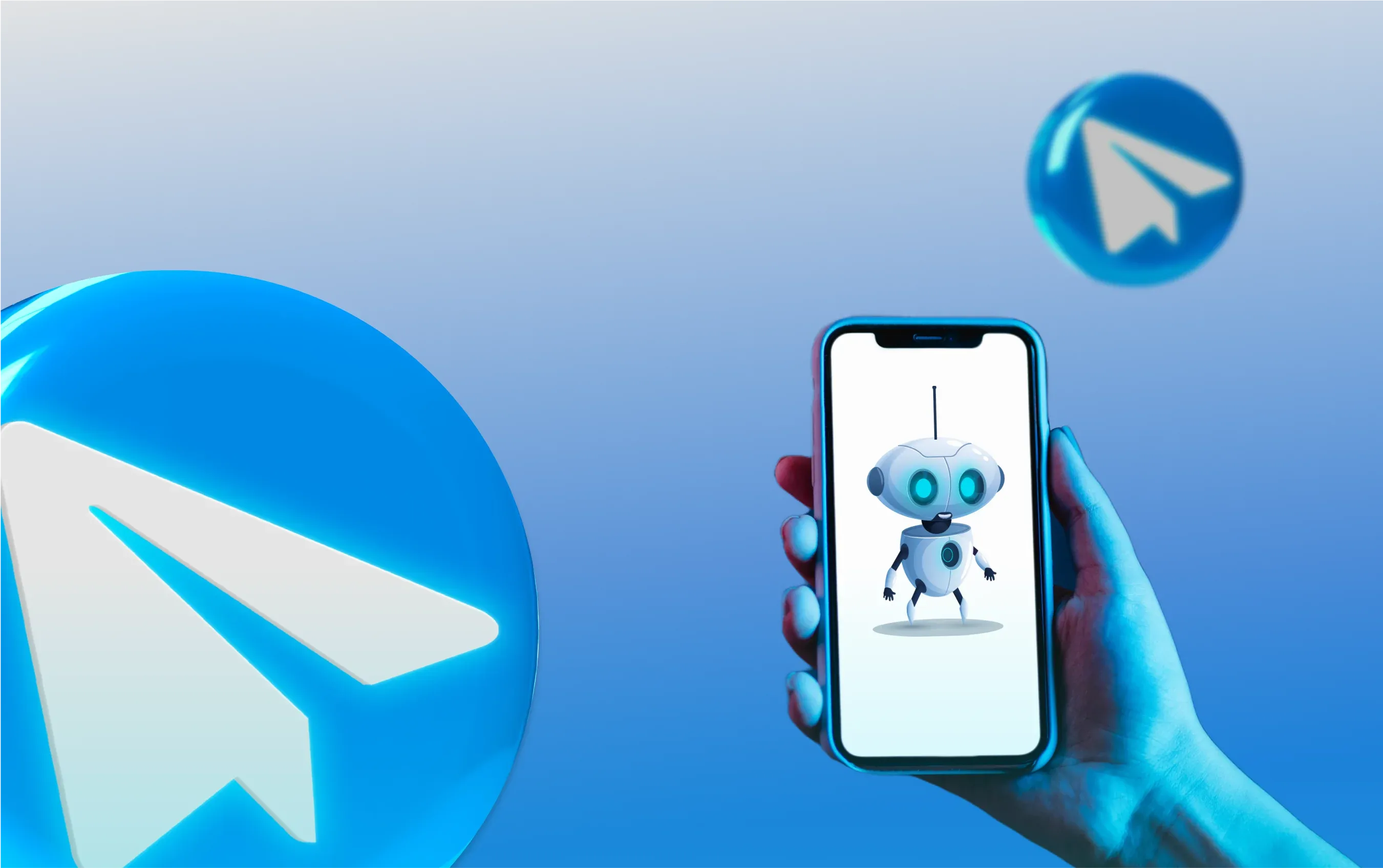In this Article

The SaaS development process typically starts with product discovery and market research, followed by UI/UX design, architecture planning, and backend/frontend development. A custom SaaS development project also includes integrations (e.g., payment, analytics, third-party APIs), cloud deployment, and ongoing maintenance to ensure scalability and security.
The advantage of SaaS products is that they provide predictable recurring revenue, expansion to the global market, affordability to scale up without proportional costs on infrastructure, and a closer customer relationship. The market demands are shifting upwards as 95% of companies will implement the place of AI-driven SaaS in 2025.
The main risks in this field are the high level of competition in the market, increasing the cost of acquiring customers, the complexity of technical needs to achieve security and scale, changing regulatory compliance needs, talent advertisement in niche areas, and financial modeling complexities associated with a subscription-based business model.
The cost of SaaS product development depends on factors like your SaaS product development strategy, the complexity of features, team size, and the technologies involved. A successful SaaS implementation usually requires investment in both the initial build and long-term support to ensure performance, compliance, and continuous updates. Simple MVP may start at $50,000-$150,000, and complex enterprise solutions could be between $200,000-$500,000 or even higher. When planning your SaaS product development strategy, take into consideration the initial costs of developing the product as well as the possibility of future expenditures in hosting, maintaining, supporting the product, and marketing.
Custom SaaS development allows businesses to build software tailored to their workflows, industry regulations, and user needs, instead of adapting to generic solutions. This approach results in higher efficiency, better scalability, and stronger ROI compared to one-size-fits-all SaaS products.
Timelines vary, but most SaaS development processes range from 4–9 months depending on the scope. A minimum viable product (MVP) can be launched faster to validate the idea, while a full SaaS implementation with advanced features, integrations, and enterprise readiness usually takes longer.





